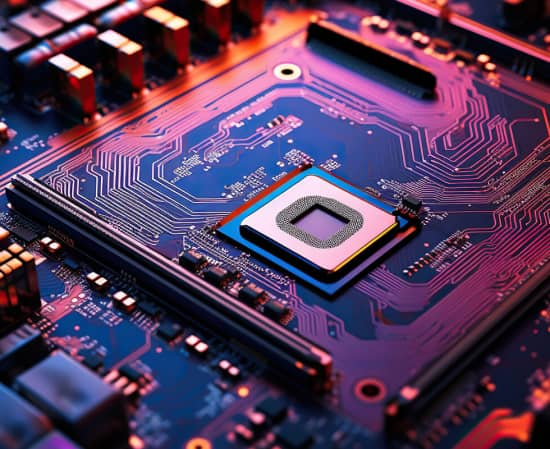Leading experts in Design Verification, FPGA Validation, RTL Design, with proven Expertise in Pre-Si and Post -Si Validation, VIP Verification, Physical Design, RF Design, and DFT.
Leading experts in Design Verification, FPGA Validation, RTL Design, with proven Expertise in Pre-Si and Post -Si Validation, VIP Verification, Physical Design, RF Design, and DFT.

Product validation in the VLSI (Very Large-Scale Integration) industry refers to the comprehensive process of testing and verifying semiconductor products to ensure they meet all specified requirements, standards, and customer expectations before they are released into the market. This phase is critical as it ensures the functionality, reliability, performance, and compliance of the product under real-world operating conditions.

Functional Validation – Ensures that the product functions correctly according to its intended design and specifications.
Performance Validation – Verifies that the product meets performance metrics such as speed, throughput, latency, and power consumption.
Reliability and Endurance Testing – Ensures the product’s long-term reliability and durability.
Environmental and Compliance Testing – Ensures compliance with regulatory standards (e.g., EMC – Electromagnetic Compatibility, EMI – Electromagnetic Interference) and environmental requirements (e.g., RoHS – Restriction of Hazardous Substances).
Software Integration and Compatibility – Verifies compatibility with operating systems, drivers, firmware, and application software that will interact with the product.
Security Validation – Ensures the product is secure against vulnerabilities and threats, protecting user data and maintaining integrity.
User Experience (UX) Validation – Assesses the usability and user interface aspects of the product to ensure a positive user experience. Product validation in the VLSI industry is a complex and crucial process that ensures semiconductor products meet stringent requirements for functionality, performance, reliability, and compliance. Emerging trends such as AI/ML integration, shift-left validation, cloud-based services, and focus on functional safety are shaping the future of product validation, enabling faster time-to-market, improved quality, and enhanced customer satisfaction. Keeping pace with these trends is essential for semiconductor companies to maintain competitiveness and deliver innovative and reliable products to market efficiently.